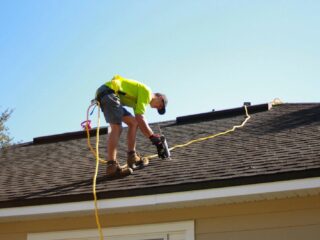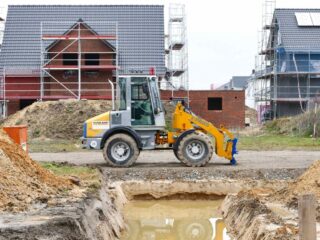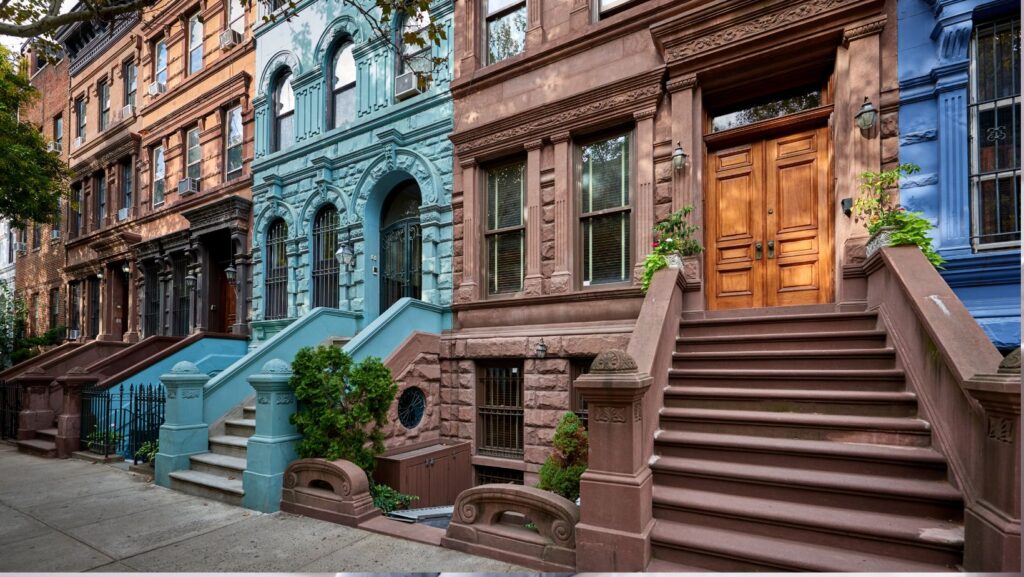
The challenge of improving energy efficiency in older properties has become increasingly important in today’s property market. Estate agents in Cumbria report growing interest in period properties that have been successfully modernised to meet current energy standards. This comprehensive guide explores how to retrofit older homes while preserving their character and enhancing their value.
Understanding Your Period Property
Before embarking on any energy efficiency improvements, it’s crucial to understand how your period property functions. Older buildings were designed to manage moisture and ventilation differently from modern homes. They often feature solid walls, original windows, and natural ventilation systems that have worked effectively for decades or even centuries. Any modifications must work with these existing characteristics rather than against them.
Traditional building materials like lime mortar and traditional plaster play important roles in managing moisture. Understanding these materials and their properties helps ensure that modern improvements enhance rather than compromise the building’s performance. This knowledge forms the foundation for successful energy efficiency upgrades.
Professional Assessment and Planning
Starting with a professional assessment helps identify the most effective improvements for your specific property. This should include a detailed survey of current energy performance, identification of heat loss areas, and assessment of ventilation patterns. A thorough understanding of the building’s condition and construction methods ensures that improvements are appropriate and effective.
Creating a comprehensive retrofit plan helps prioritise improvements and ensure they work together effectively. Some measures may need to be implemented in a specific order to achieve optimal results. Professional advice can help create a roadmap for improvements that maximise benefits while minimising disruption and cost.
Firms with expertise in this niche, like Bowtie Engineering, can perform this assessment and planning process alongside preventive maintenance, testing, and training. This ensures a solid foundation for any retrofit project.
Insulation Strategies
Insulating older properties requires careful consideration of appropriate materials and techniques. Solid walls can be insulated either internally or externally, with each approach offering different benefits and challenges. Internal wall insulation might be more appropriate where external appearances must be preserved, while external insulation can provide better overall thermal performance.
Roof insulation often offers the most straightforward improvement opportunity. However, proper ventilation must be maintained to prevent condensation issues. Traditional materials like sheep’s wool or hemp can work particularly well in older properties, offering good thermal performance while helping manage moisture levels.
Window Improvements
Original windows contribute significantly to a period property’s character but can be a major source of heat loss. Secondary glazing offers an effective solution that preserves original windows while improving thermal performance. Modern secondary glazing systems can be nearly invisible while dramatically reducing heat loss and noise transmission.
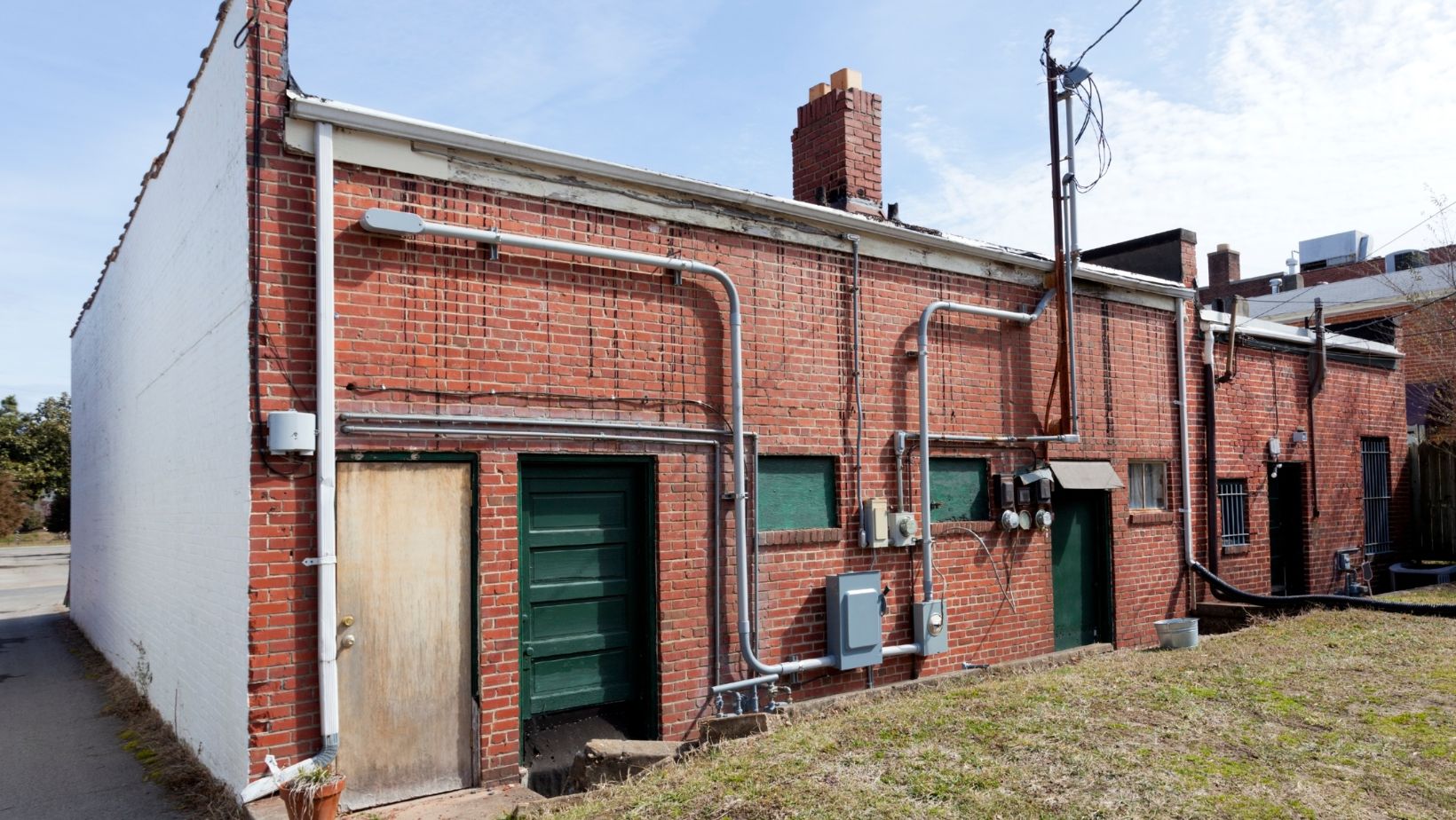
Where window replacement is appropriate, carefully selected double-glazed units can maintain period aesthetics while offering modern performance. Some manufacturers specialise in traditional designs that incorporate modern energy-efficient features without compromising appearance.
Heating System Upgrades
Modernising heating systems in older properties requires careful planning to ensure effective heat distribution while protecting historic features. Modern condensing boilers can be integrated with traditional heating systems, while smart controls help optimise performance and reduce energy consumption.
Underfloor heating can work well in older properties when properly designed and installed. However, installation must consider the structure and materials of traditional floors. In some cases, low-profile systems designed specifically for retrofitting may offer the best solution.
Draught-Proofing and Ventilation
Effective draught-proofing significantly improves comfort and energy efficiency but must be balanced with adequate ventilation. Traditional properties need to breathe, and completely sealing them can lead to moisture problems. Professional draught-proofing focuses on unnecessary air leakage while maintaining essential ventilation.
Modern ventilation systems, including mechanical ventilation with heat recovery (MVHR), can be integrated into older properties when properly designed. These systems help maintain good air quality while minimizing heat loss, particularly important after improving airtightness through other measures.
Renewable Energy Integration
Adding renewable energy systems to period properties requires careful planning and design sensitivity. Solar panels can often be installed discretely on rear roof slopes or in garden areas. Ground source heat pumps might be suitable where external space allows, while air source units can be positioned to minimize visual impact.
The integration of renewable systems should consider the property’s overall energy demand and the effectiveness of other improvements. Sometimes, focusing on reducing energy demand through insulation and efficient heating systems might provide better returns than renewable energy installation.
Preserving Character and Features
Successful retrofitting maintains a balance between energy improvement and preservation of period features. Many traditional features can be retained and enhanced rather than replaced. For example, original fireplaces can be made more efficient with careful modifications, while maintaining their aesthetic appeal.
Working with professionals who understand both energy efficiency and heritage conservation helps ensure improvements enhance rather than diminish a property’s character. This expertise is particularly valuable when navigating planning requirements in conservation areas or for listed buildings.
Cost Considerations and Funding
Energy efficiency improvements represent a significant investment but can offer substantial returns through reduced running costs and increased property value. Creating a detailed budget that includes both immediate costs and long-term savings helps justify investment decisions.
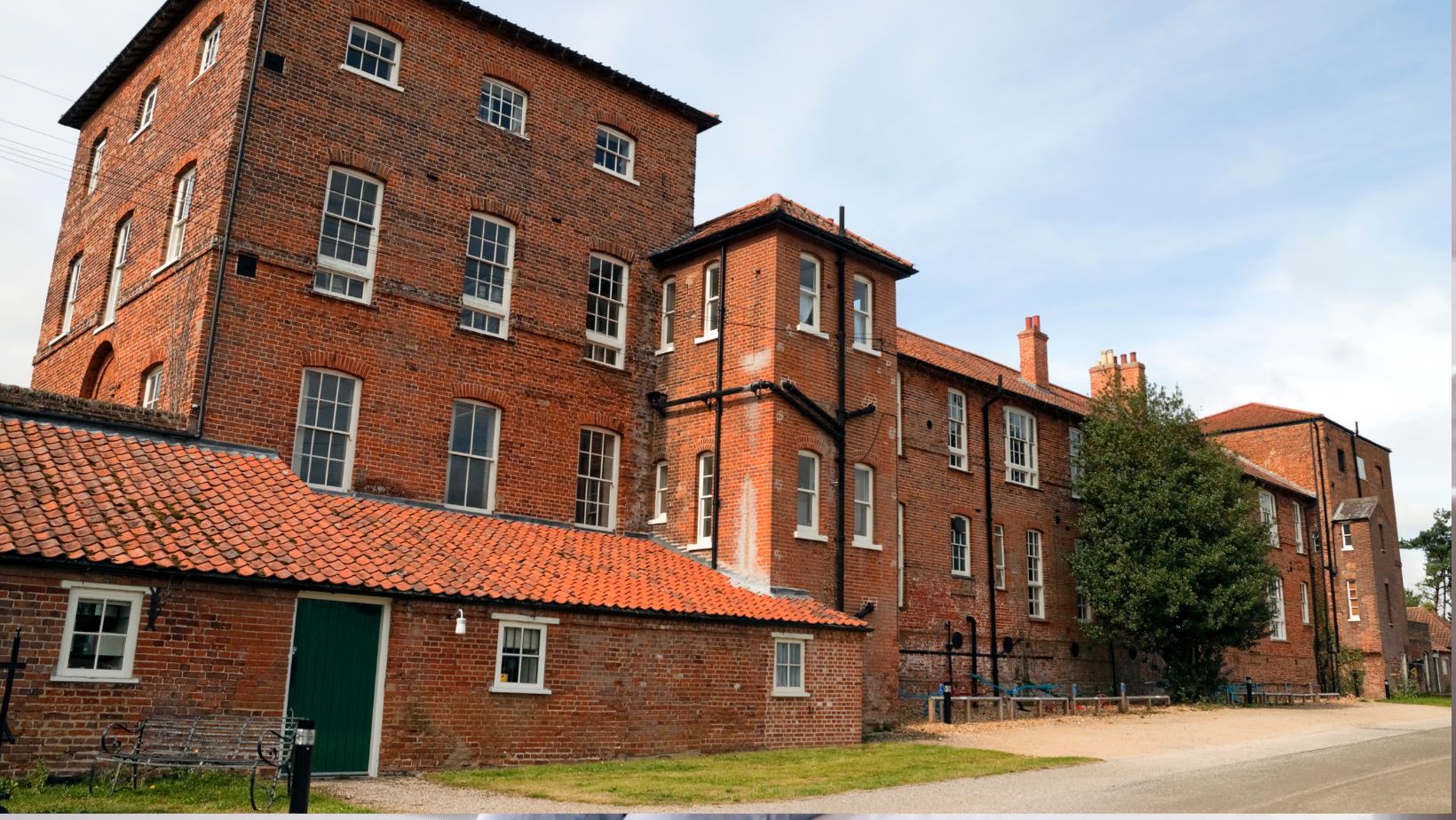
Various funding schemes and incentives may be available to support energy efficiency improvements in older properties. Research current programs and eligibility criteria to maximize financial support for your retrofit project.
Conclusion
Retrofitting older homes for energy efficiency requires careful planning, appropriate materials, and expert implementation. Success comes from understanding your property’s characteristics and choosing improvements that enhance rather than compromise its performance and character.
Remember that energy efficiency improvements in older properties often deliver benefits beyond reduced energy consumption. Enhanced comfort, better air quality, and preserved building fabric all contribute to the long-term value and sustainability of these important buildings. With careful planning and professional guidance, period properties can be adapted to meet modern energy standards while maintaining their distinctive character and charm.





